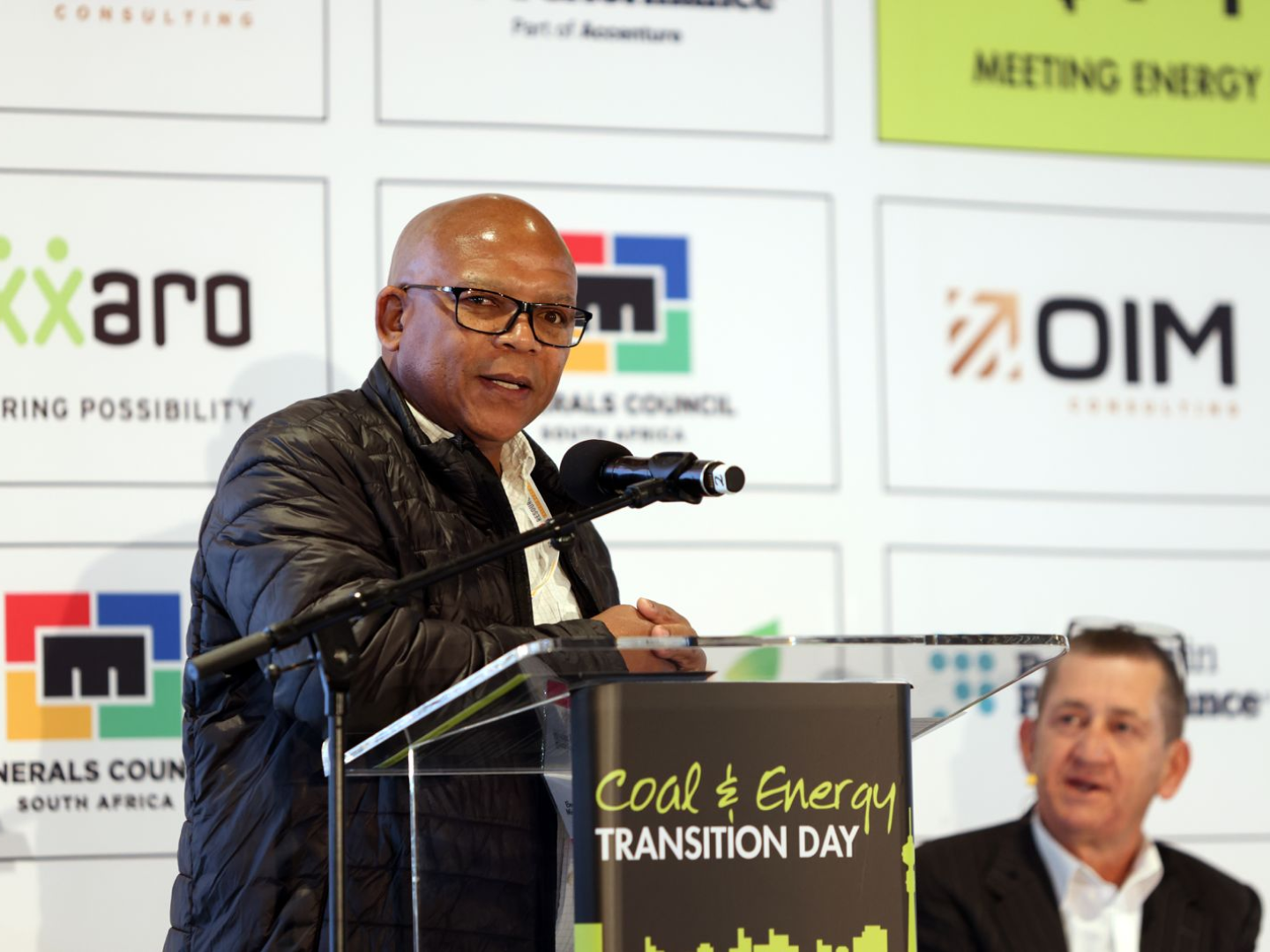The fact that there is a significant number of mining companies playing in the coal mining sector shows that the sector is alive, and going to exist beyond the 15 years predicted by some experts. This was the sentiment shared by Silas Zimu, advisor to the electricity and energy ministry at the 2025 Coal & Energy Transition Day held in Sandton on 23 July.
“Everything to do with energy and electricity has to do with population. Our population is growing and does not give any signs of reducing. We need to cater for that, because that number does not only represent people, it also represents demand. The gap is so big that the supply has to come in behind the demand. We need ways to meet that. And coal as part of our energy mix can play a role in enabling us to achieve this.”
One of the problems South Africa is facing is that, while historically the country was able to meet the energy demand, since the late 1990s it has been battling to meet the increasingly growing demand, said Zimu, adding that this is because the country comes from a history where electricity was mostly reserved for a minority, compared to today where all communities have a right to receive electricity.
ALSO READ: Coal and Energy Transition Day: Shaping Southern Africa’s energy future
“The minority, which was running the country, managed to build about 48,000 MW of power to meet the demand. And there are two issues here. One is that for the last 30 years with the current government the country has neglected to add to this power, which actually decreased to about 30,000 MW. Two is that, while this has happened, the population has been growing, with more people being connected to the grid. Most of them are not in a position to afford to pay for the electricity, but it’s in the constitution that they should get access.”
Zimu said all these factors combined to bring about, in 2008, what has commonly become known as loadshedding. “This was a unique thing at the time. When I was studying electrical engineering in the UK the term ‘loadshedding’ was not anywhere in any of my books. I only came across it when I came back to South Africa.”
He adds that while the demand-side management programme introduced by government helped somewhat with managing the problem, it was also creating others. “The view was let’s increase the tariff so that people can be forced to use less electricity. However that has resulted eventually with today the tariff being 700% more expensive than in 1990. But because of the increasing demand over the years from communities who are not able to pay but have to be granted access, we eventually came to a point where we started experiencing increased loadshedding around 2014, 2015 and around 2023.”
ALSO READ: July Ndlovu: Coal and Energy Security: Ensuring a resilient global energy future
Zimu said coal’s importance is highlighted by how a mixed energy strategy has been helping with dealing with the country’s energy challenges, especially as renewables are currently not enough to completely deal with the problem.
“Large power users in all industries have done some form of solar rooftops on their facilities. However their feedback is that it’s not possible to run all their machines with solar, they still need baseload. So this is a sentiment that is not necessarily coming from government, but industry itself, and we know that industry is what runs the economy of this country, so they can’t be ignored. It’s important to realise that it is not the electricity minister who is promoting coal, he is, while at the same time promoting renewables, saying what he is being told by industry leaders.”
He said this is particularly important as government is still in the process of fixing Eskom. “Loadshedding is still with us unfortunately. Even with all the renewable independent power producers, 6,000 plus, and the about 4,000 solar rooftops, we still from time-to-time experience loadshedding. Almost every day there’s a unit that goes out.”

